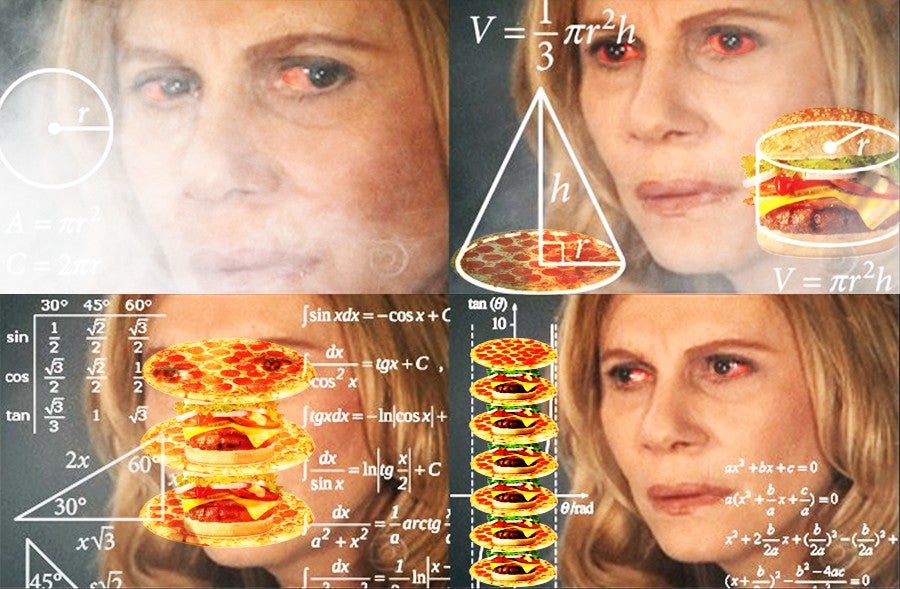There’s really only one state of mind when you feel completely justified eating slices of mustard-covered lunchmeat while sprinkling in mouthfuls of chocolate-covered raisins: baked. The phenomenon known as the munchies, or the overwhelming urge to eat anything and everything when you’re high, is so pervasive that it’s inspired everything from scenes in Kevin Smith films, through to entire movies with the Harold and Kumar series. And, of course, who could forget Half Baked?
In fact, ravenous hunger is one of the most well-known side effects of cannabis use. According to ABC Health News, the term “munchies” is said to have been first noted in the famous study, “On Being Stoned,” by Charles T. Tart in 1971, in which the mental states of 150 marijuana users were observed. In examining the major effects of marijuana usage, Tart wrote, “Taste sensations take on new qualities that they don’t have when straight.” He argued that enhanced taste is the second most characteristic quality of marijuana usage, and more specifically that marijuana users “crave sweet things.”
More recently, research has focused on the neurological processes behind the munchies. Scientists believe the effect is caused by the psychoactive component of cannabis, tetrahydrocannabinol (THC), and its interaction with cannabinoid receptors in the brain — mostly with the receptors known as CB1 in the brain’s olfactory bulb. This interaction, research from 2014 suggests, causes people to smell and taste food more intensely when they are high. For example, tests conducted on mice showed that THC heightened the rodents’ sense of smell, increasing their hunger and giving them the munchies.
Another reason, explained in a 2015 study by Jan Copeland, the director of Australia’s National Cannabis Prevention and Information Centre, is that THC also stimulates the nucleus accumbens — a lower region in the front of the brain — to release dopamine, the brain’s reward chemical. “Therefore, the eating you do when you are stoned becomes more rewarding,” Copeland wrote in the study.
But that doesn’t explain what makes us hungry in the first place, even when no food is in sight.
However, Copeland also discovered that certain neurons at the base of the brain increased a person’s appetite when activated by THC. The research revealed that the CB1 receptors flick a “switch” in the brain, inducing this group of neurons to secrete a substance that makes the marijuana user hungry. “Using cannabis also stimulates the production of ghrelin, the ‘hunger hormone,’ which increases your appetite,” Copeland wrote.
So, basically, your brain is hardwired to give you the munchies when it’s high. The good news is that there are several lists out there detailing all the ways it’s possible to combat the munchies. The bad news is that they mostly include stuff like exercising beforehand, staying busy and being regimented with your meals before you light up.
In other words, for the average stoner, they’re completely useless.
Shit, dude.

